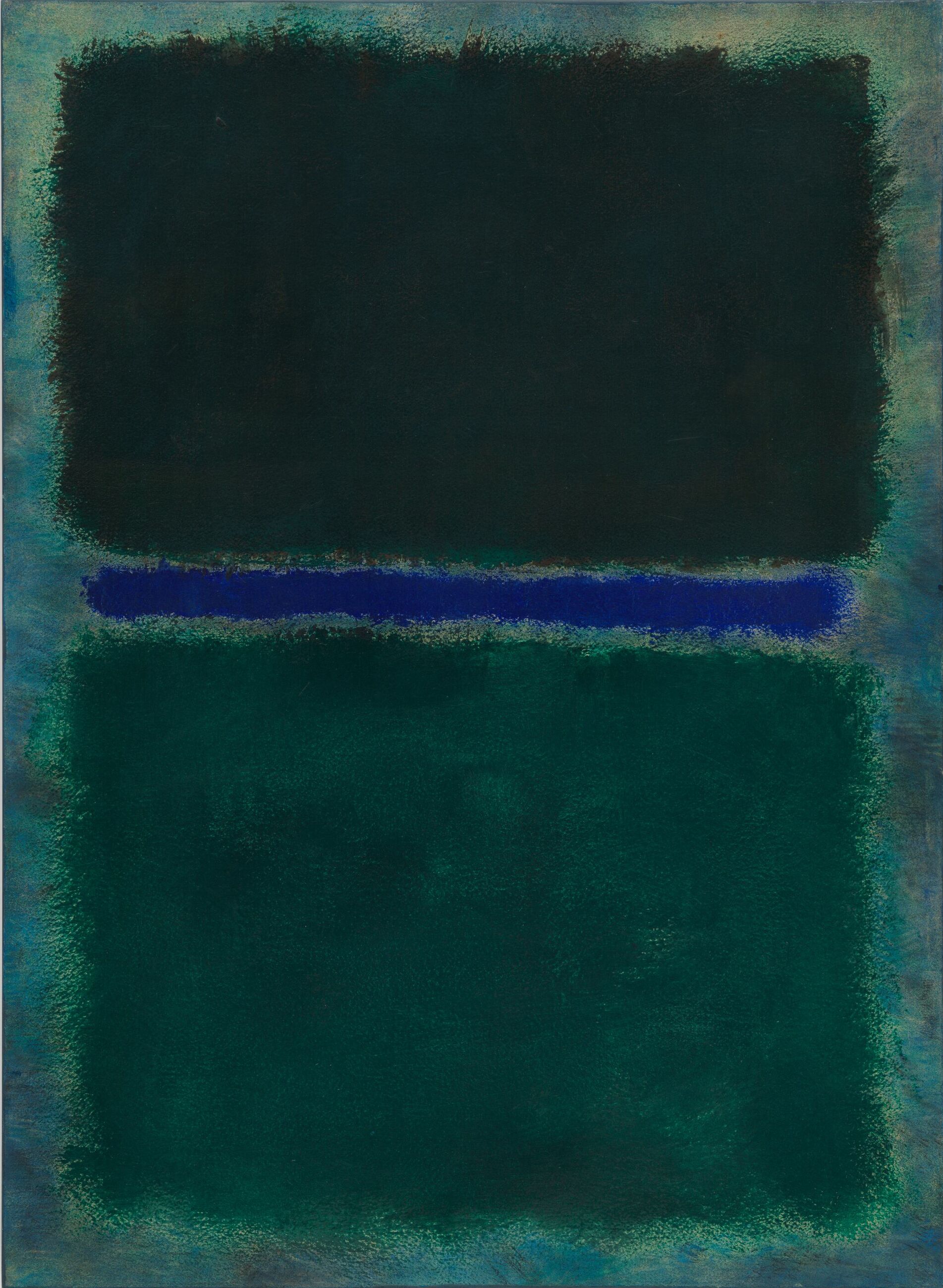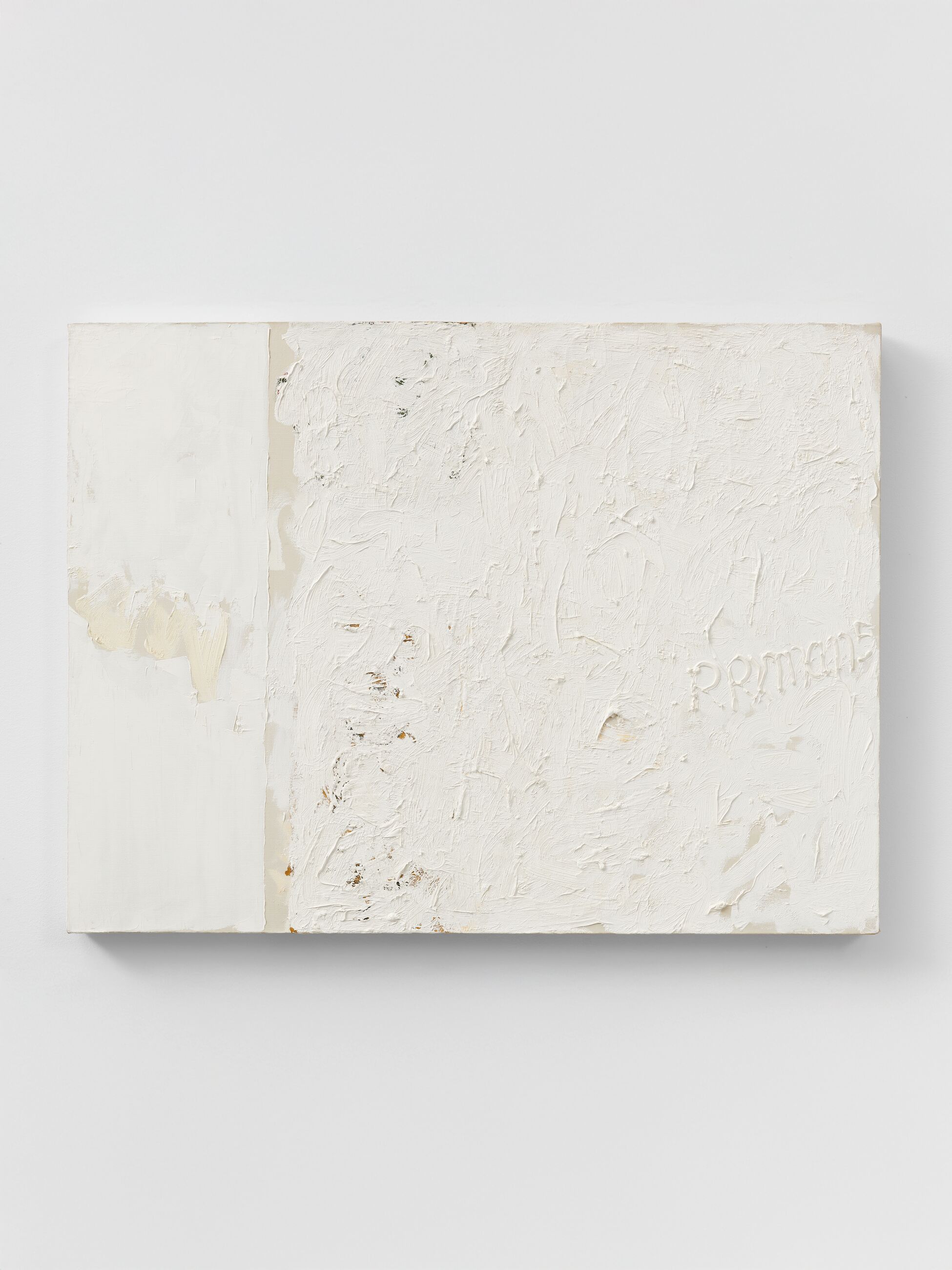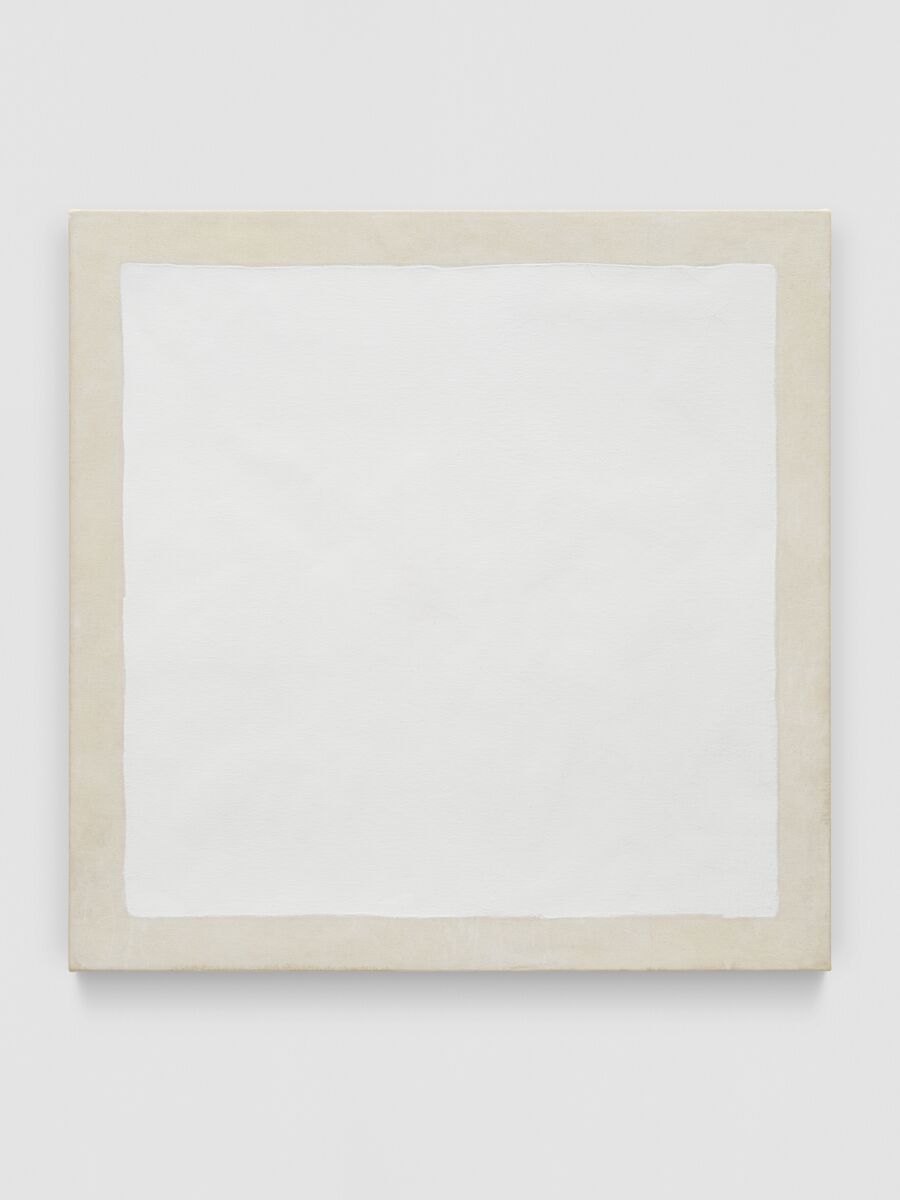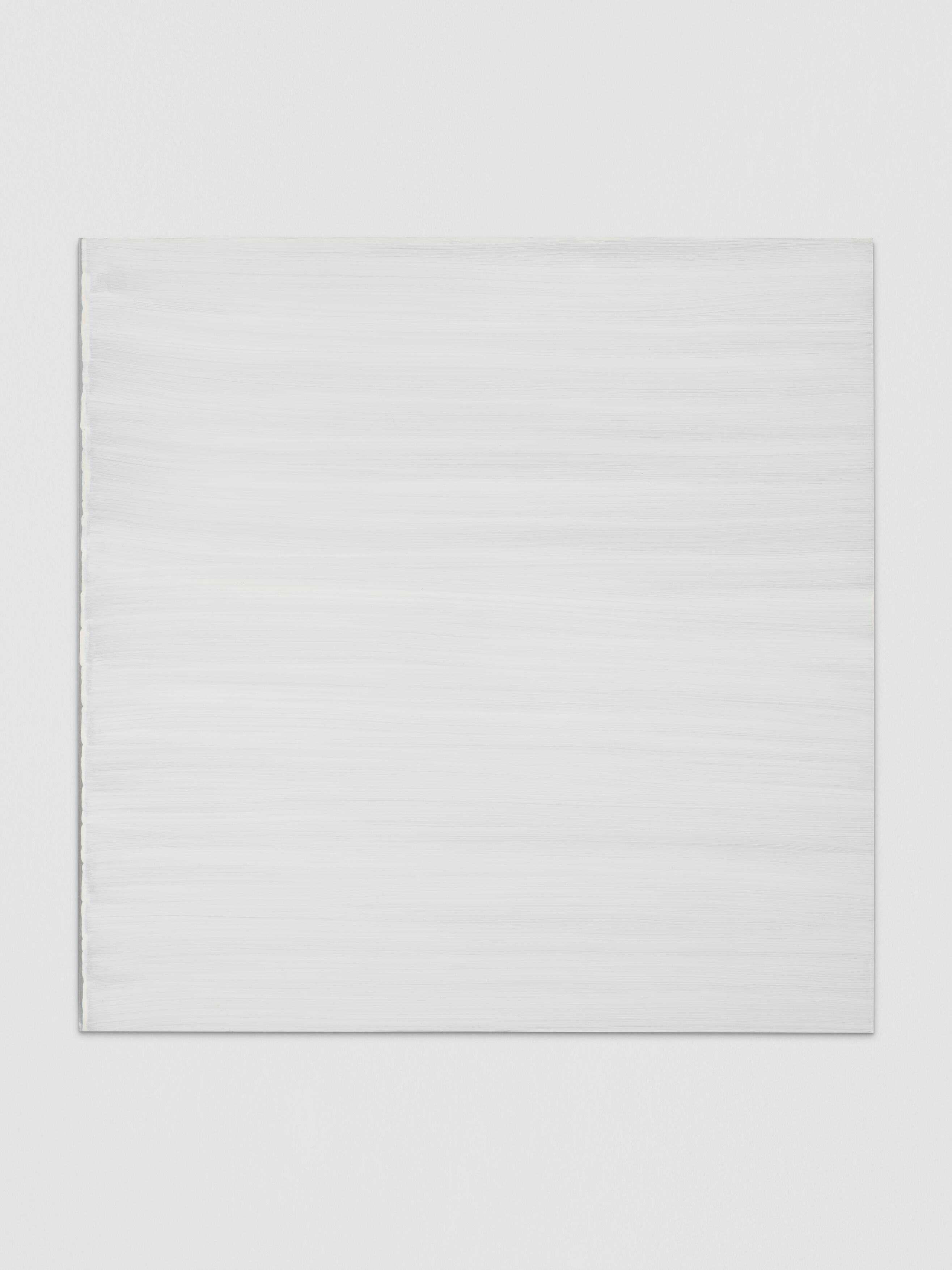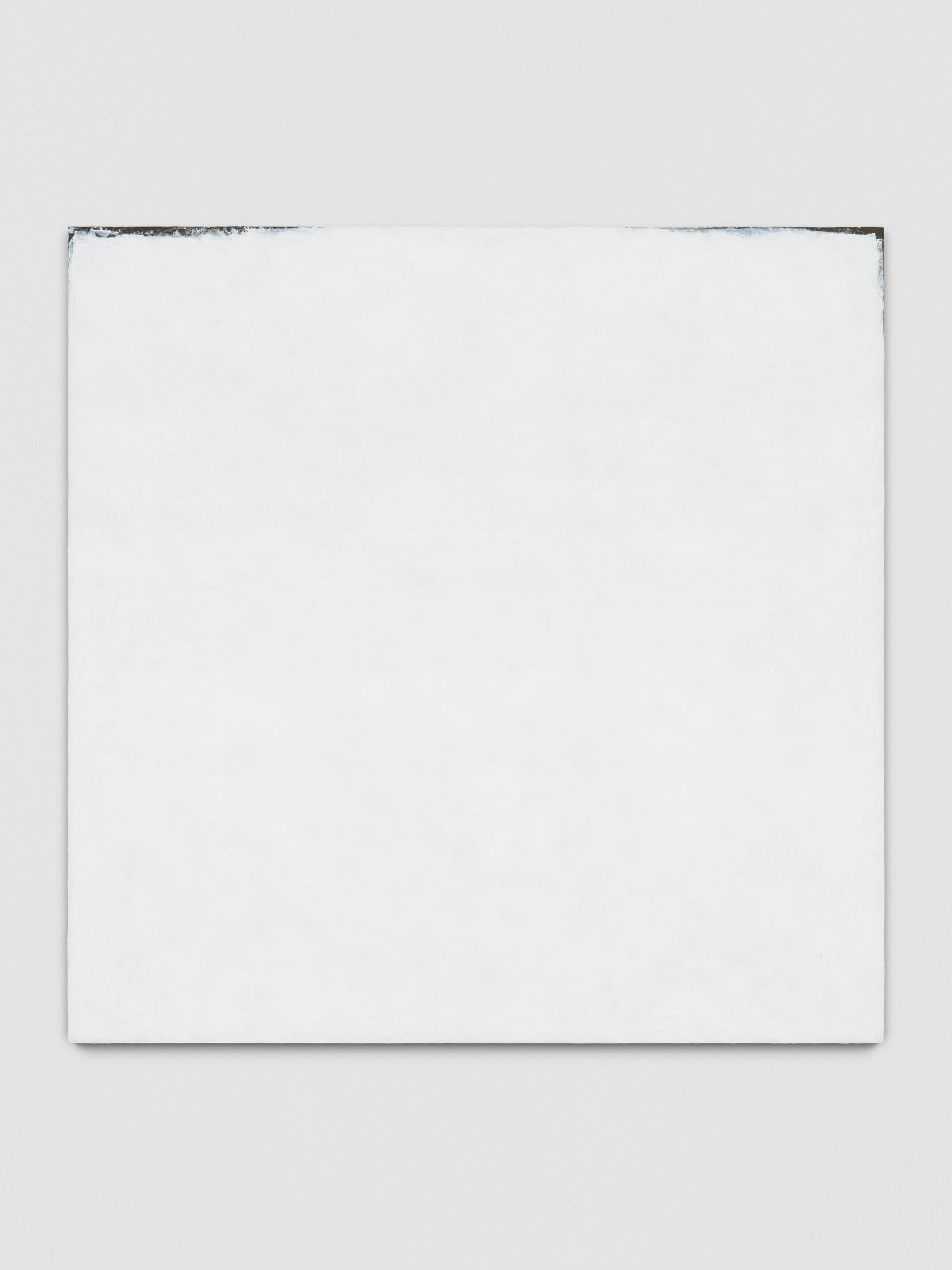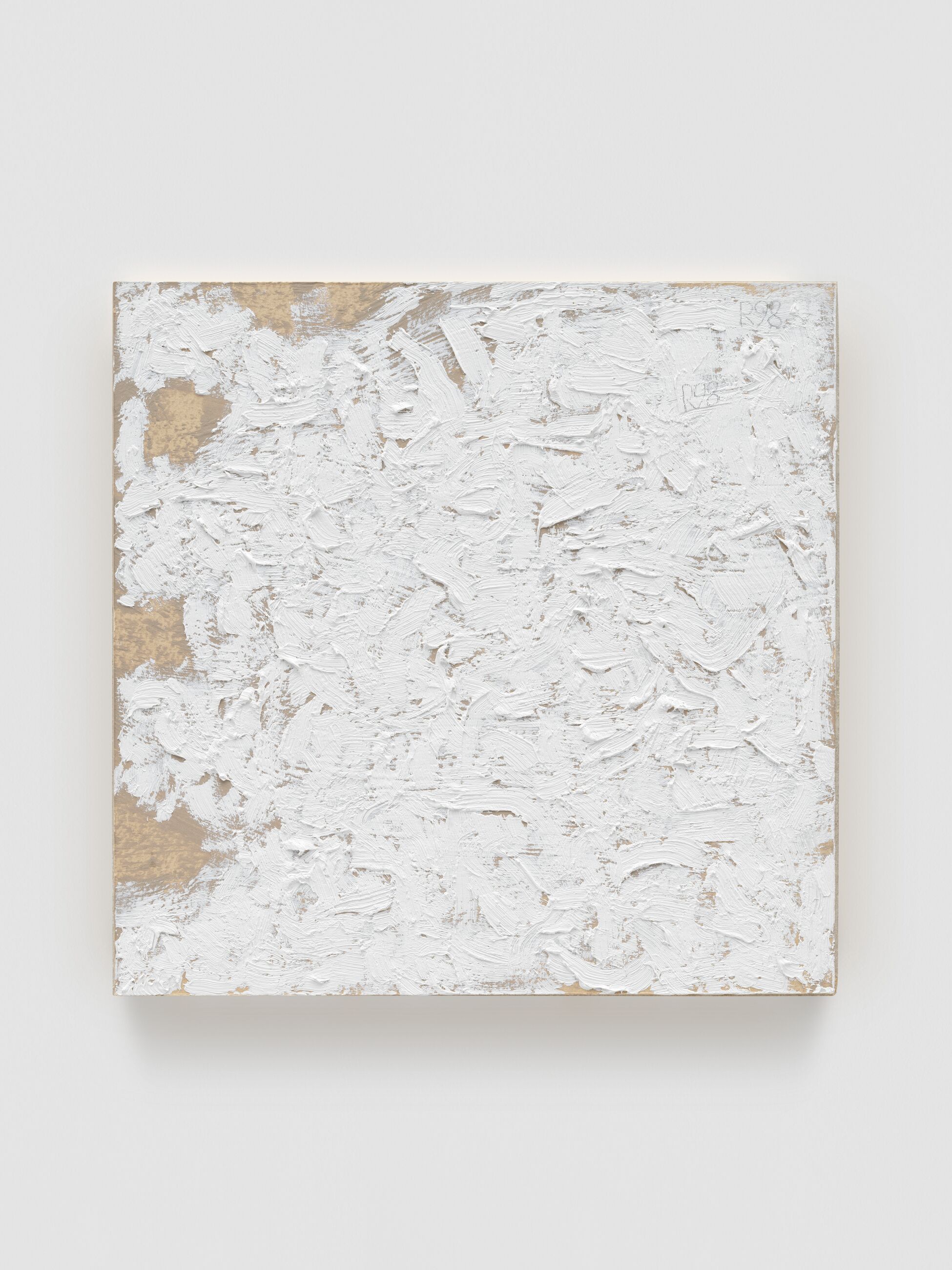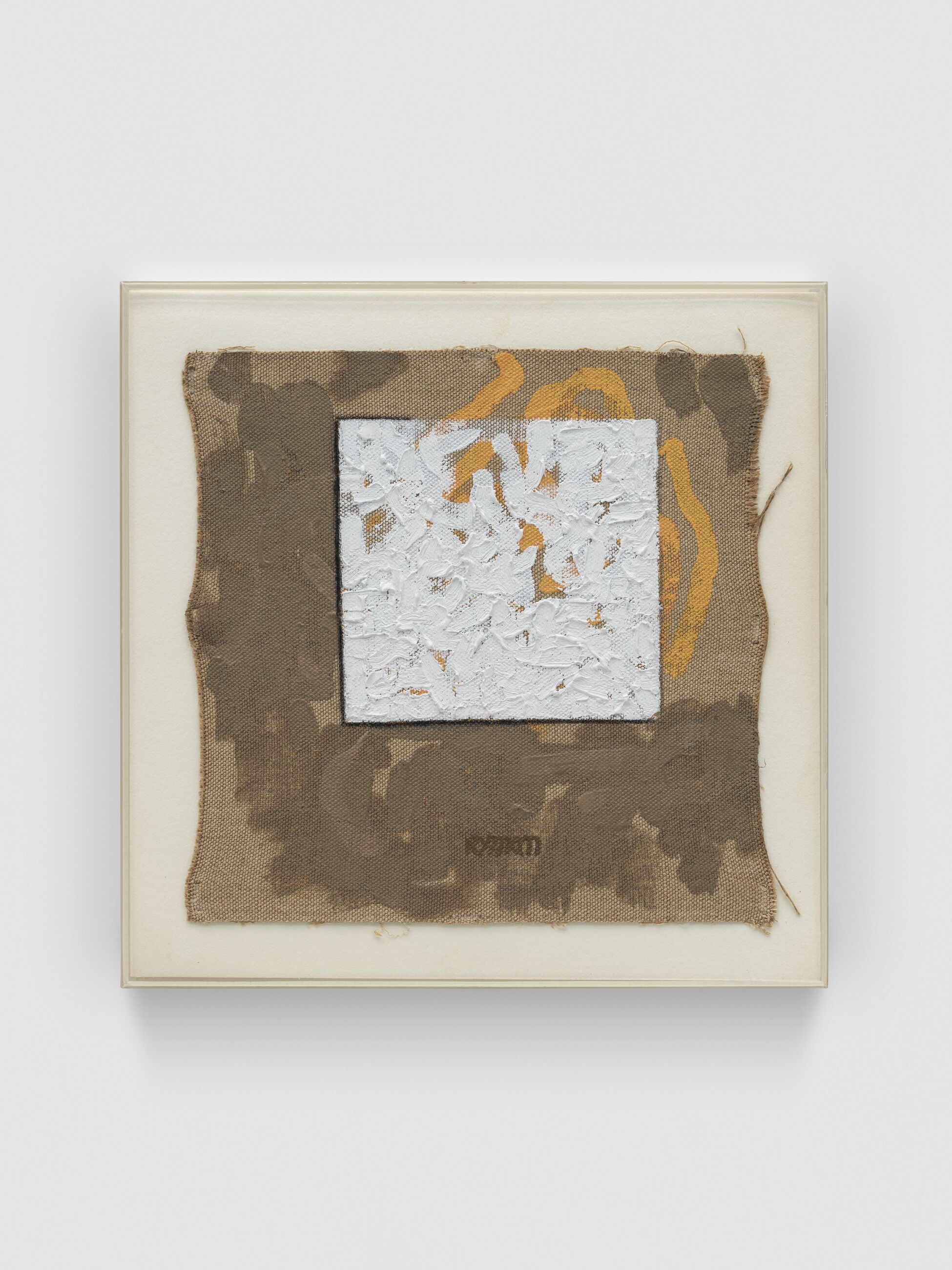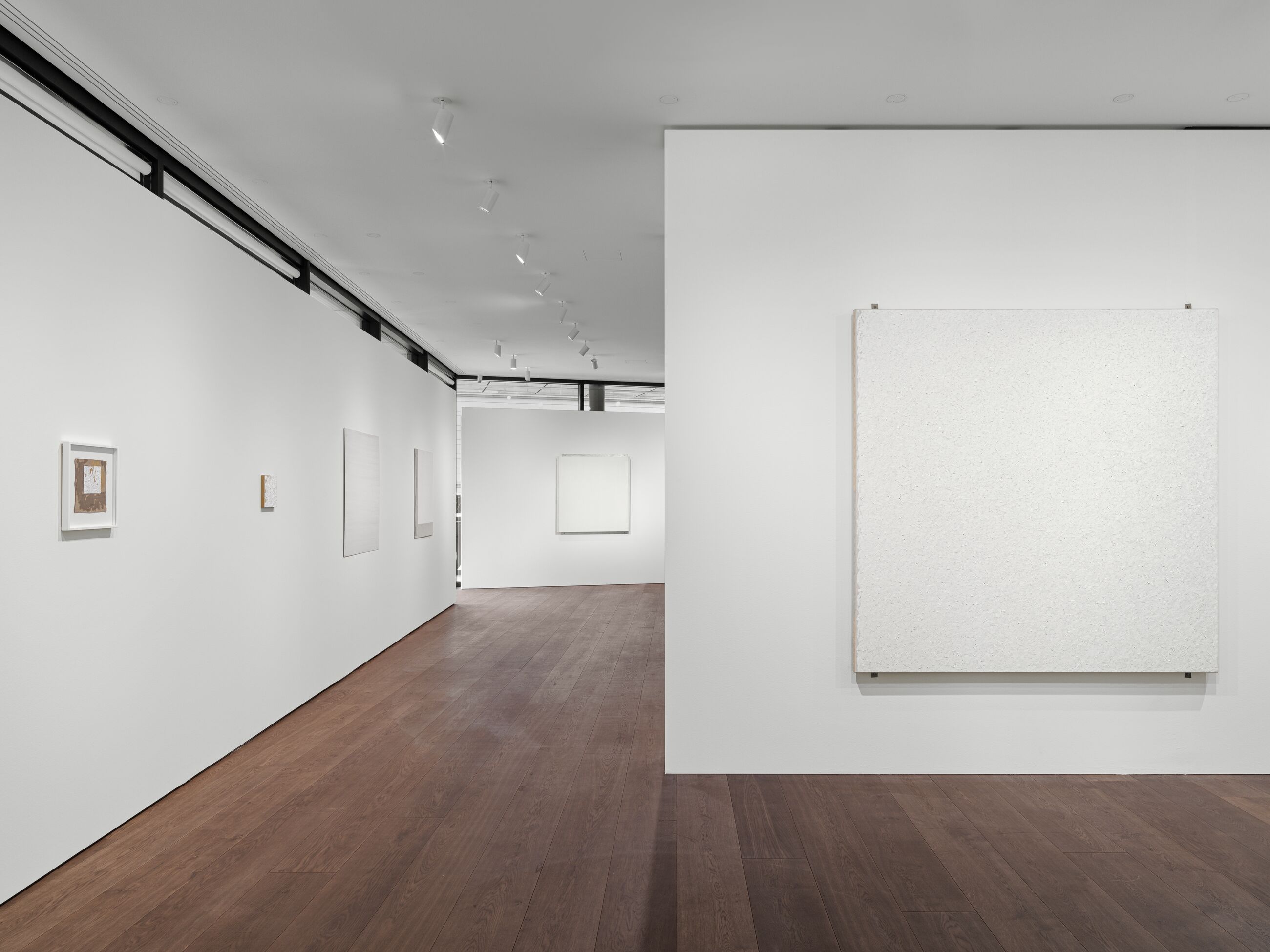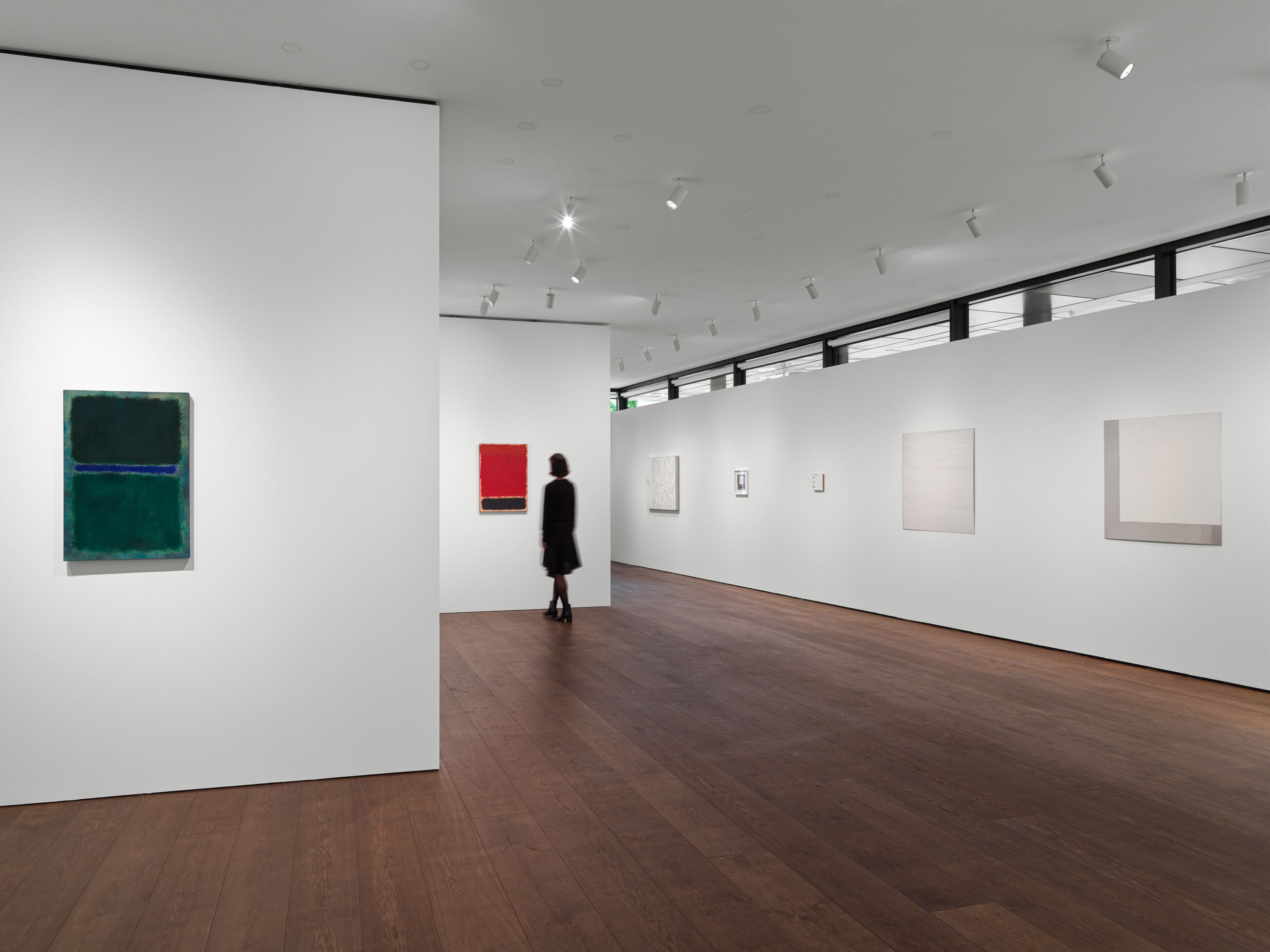Dates
12 June – 13 September 2025
For the first time, works by Mark Rothko (1903 – 1970) and Robert Ryman (1930 – 2019) meet directly in a two-person exhibition, opening up new perspectives on the artistic interaction between two American greats of 20th-century painting. Curated by Dieter Schwarz, the exhibition is on view at our Bahnhofstrasse gallery in Zurich and brings together important works by Rothko from the 1950s and 1960s and by Ryman from the late 1950s to the 1990s.
Rothko and Ryman represent two generations of American abstract painters that briefly coincided around 1960; Rothko was then at the height of his fame, Ryman an aspiring painter. Beyond this brief overlap in time, they are deeply connected by the great visual quality of their paintings, a concise selection of which can be seen in the exhibition.
Both Mark Rothko and Robert Ryman are considered mavericks of post-war American painting. Through their work, they embody an idea of artistic perfection that few other painters can match; for this reason, their paintings are usually exhibited on their own. Ryman expressly wanted this as he considered his works too difficult to be shown alongside other painters. This exhibition will therefore come as a surprise, but there are good reasons for this. Ryman rarely spoke about contemporary painters, but he repeatedly referred to Rothko, whose paintings he had become acquainted with at the Museum of Modern Art in New York in the early 1950s. In 1961, MoMA presented Rothko’s first retrospective and many younger painters, including Ryman, used this opportunity to get to know the work of the abstract expressionist in greater depth. Among these younger painters was Ryman, who around this time had taken the risk of setting up a studio and embarking on a career as an independent painter. Ryman was fascinated by the fact that the older artist’s paintings made visible what preoccupied himself about painting, in that everything that determined the painting’s outcome was visible. Years later, he formulated this in an interview, stating: ‘There was the color, the form, the structure, the surface and the light—the nakedness of it, just there.’
ARTWORKS
Installation Views
Exhibition Booklet
This in-depth essay by curator Dieter Schwarz, with a preface by Iwan Wirth, offers a deeper insight into the exhibition. Tracing the unexpected connections between the works of Mark Rothko and Robert Ryman, the text invites readers to explore each of these mavericks of postwar American art through the prism of the other.
Current Exhibitions
1 / 12


